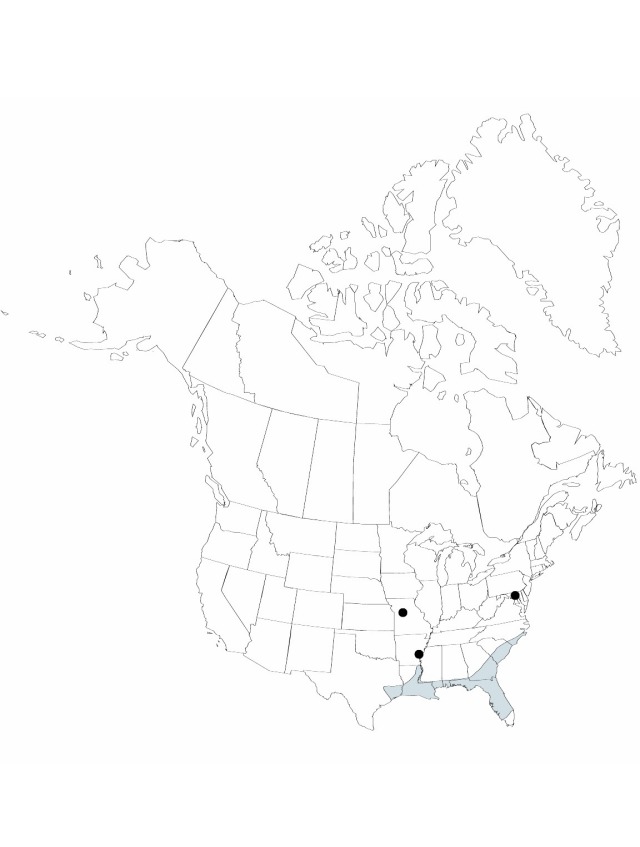Herbs, annual, diffusely spreading. Roots at nodes. Stems decumbent to scandent. Leaves: blade lanceolate to lanceolate-elliptic or lanceolate-oblong, 2.5–10.5 × 0.7–2.4 cm, margins scabrous, apex acute to acuminate, glabrous. Inflorescences: distal cyme vestigial, included (rarely 1-flowered and exserted); spathes solitary, bright green, paler basally, without contrasting veins, pedunculate, not at all to slightly falcate, 1.2–3(–3.7) × 0.5–1 cm, margins distinct, usually ciliate, apex acuminate, glabrous or very sparsely pilose; peduncles 0.6–2.3 cm. Flowers bisexual; petals all blue, proximal petal white medially, smaller; medial stamen with white connective; staminodes 3; antherodes yellow, often with central maroon spot, cruciform. Capsules 3-locular, 2-valved, (5–)6–8 mm. Seeds 5, dark brown, 2.4–4.3(–4.6) × (1.6–)2–2.3 mm, smooth to faintly alveolate, mealy. 2n = ca. 86.
Phenology: Flowering summer–fall (rarely winter).
Habitat: Fields, roadsides, railroad rights-of-way, yards, waste places, especially in moist situations, weed in crops, especially rice, sugar cane and corn, and rarely in forests
Distribution

Ala., Ark., Fla., Ga., La., Md., Miss., Mo., N.C., S.C., Tex., native, India.